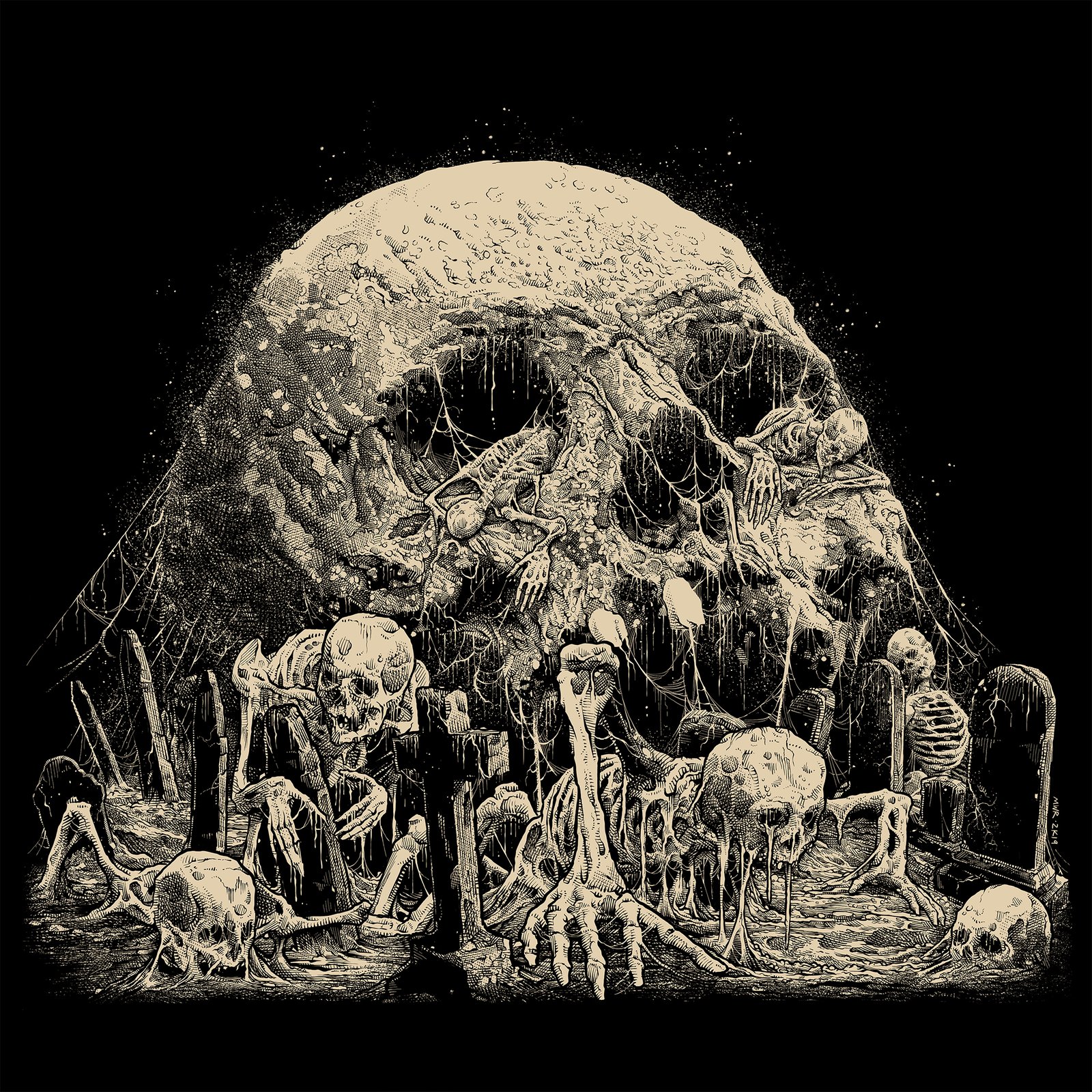

Through Quistorp, Friedrich met and was subsequently influenced by the theologian Ludwig Gotthard Kosegarten, who taught that nature was a revelation of God. Quistorp took his students on outdoor drawing excursions as a result, Friedrich was encouraged to sketch from life at an early age. Royal Museum of Fine Arts, Copenhagen įriedrich began his formal study of art in 1790 as a private student of artist Johann Gottfried Quistorp at the University of Greifswald in his home city, at which the art department is now named Caspar-David-Friedrich-Institut in his honour. Self-portrait (1800) is a chalk drawing of the artist at 26, completed while he was studying at the Royal Academy in Copenhagen. Some accounts suggest that Johann Christoffer perished while trying to rescue Caspar David, who was also in danger on the ice. Arguably the greatest tragedy of his childhood happened in 1787 when his brother Johann Christoffer died: at the age of thirteen, Caspar David witnessed his younger brother fall through the ice of a frozen lake, and drown. A year later, his sister Elisabeth died, and a second sister, Maria, succumbed to typhus in 1791. His mother, Sophie, died in 1781 when he was seven. He became familiar with death from an early age. Records of the family's financial circumstances are contradictory while some sources indicate the children were privately tutored, others record that they were raised in relative poverty.

The sixth of ten children, he was raised in the strict Lutheran creed of his father Adolf Gottlieb Friedrich, a candle-maker and soap boiler. This early work shows typical themes - ragged landscape, closed gate, building of uncertain purpose.Ĭaspar David Friedrich was born on 5 September 1774, in Greifswald, Swedish Pomerania, on the Baltic coast of Germany. It was not until the late 1970s that Friedrich regained his reputation as an icon of the German Romantic movement and a painter of international importance. The rise of Nazism in the early 1930s again saw a resurgence in Friedrich's popularity, but this was followed by a sharp decline as his paintings were, by association with the Nazi movement, interpreted as having a nationalistic aspect. By the 1920s his paintings had been discovered by the Expressionists, and in the 1930s and early 1940s Surrealists and Existentialists frequently drew ideas from his work. The early 20th century brought a renewed appreciation of his work, beginning in 1906 with an exhibition of thirty-two of his paintings in Berlin.

As Germany moved towards modernisation in the late 19th century, a new sense of urgency characterised its art, and Friedrich's contemplative depictions of stillness came to be seen as the products of a bygone age. Nevertheless, his work fell from favour during his later years, and he died in obscurity. įriedrich's work brought him renown early in his career, and contemporaries such as the French sculptor David d'Angers spoke of him as a man who had discovered "the tragedy of landscape". Turner and John Constable sought to depict nature as a "divine creation, to be set against the artifice of human civilization". This shift in ideals was often expressed through a reevaluation of the natural world, as artists such as Friedrich, J. He came of age during a period when, across Europe, a growing disillusionment with materialistic society was giving rise to a new appreciation of spirituality. He studied in Copenhagen until 1798, before settling in Dresden. įriedrich was born in the town of Greifswald on the Baltic Sea in what was at the time Swedish Pomerania. Friedrich's paintings characteristically set a human presence in diminished perspective amid expansive landscapes, reducing the figures to a scale that, according to the art historian Christopher John Murray, directs "the viewer's gaze towards their metaphysical dimension". His primary interest was the contemplation of nature, and his often symbolic and anti- classical work seeks to convey a subjective, emotional response to the natural world. He is best known for his mid-period allegorical landscapes, which typically feature contemplative figures silhouetted against night skies, morning mists, barren trees or Gothic ruins. We see no face, so it's impossible to know whether the prospect facing the young man is exhilarating, or terrifying, or both." Ĭaspar David Friedrich (5 September 1774 – ) was a 19th-century German Romantic landscape painter, generally considered the most important German artist of his generation. This well-known and especially Romantic masterpiece was described by the historian John Lewis Gaddis as leaving a contradictory impression, "suggesting at once mastery over a landscape and the insignificance of the individual within it.


 0 kommentar(er)
0 kommentar(er)
